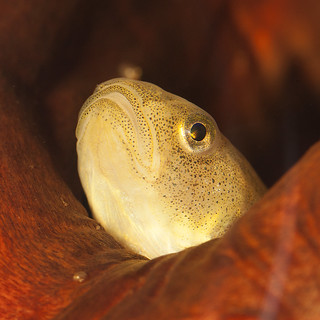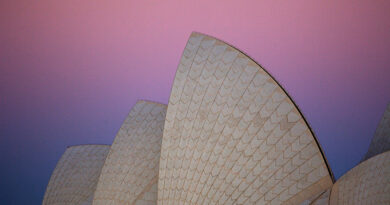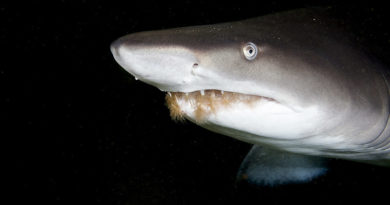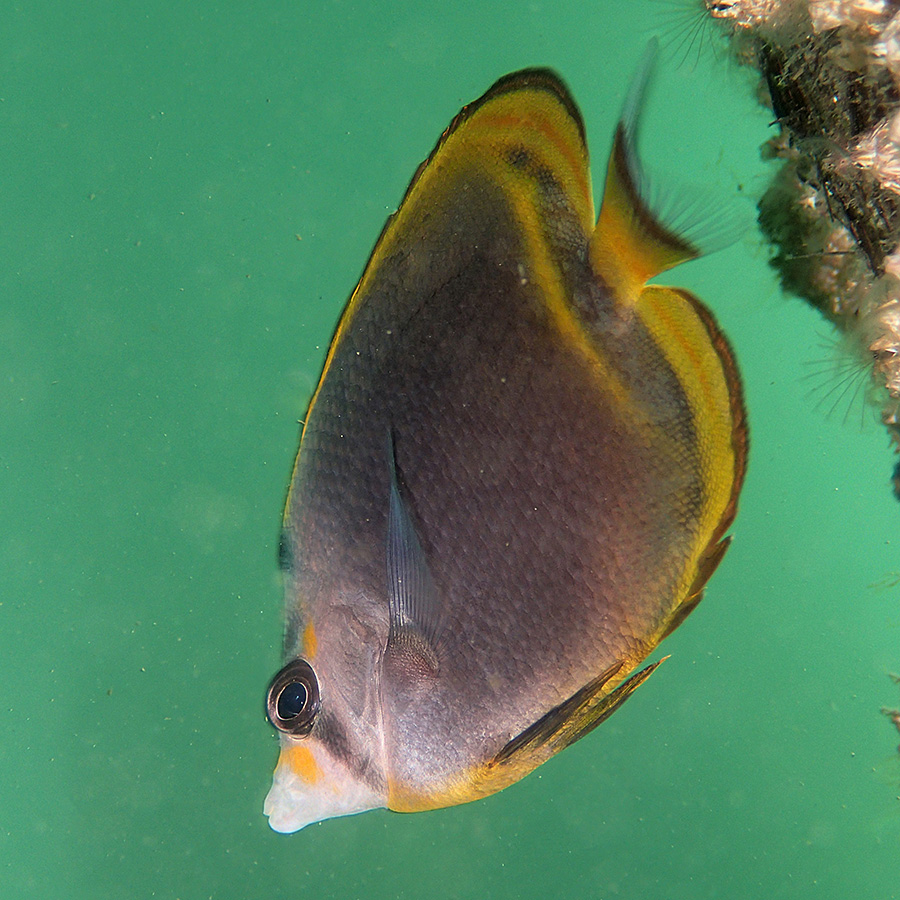Fish of the month: Desert Goby
Australia has some really, really unique wildlife. Egg-laying mammals, bright blue forest ostrichs (the cassowary), and seahorses which pretend to be seaweed (the leafy and weedy seadragons). Add to that a multitude of extremely venomous spiders, snakes and fishes, and it’s hard to deny that Ozland is a crazy zoological Wonderland. A fish which fits in well with this fauna is the Desert Goby, Chlamydogobius eremius.
Yep, Desert Goby. Desert, as in place on earth with no water. That’s where this fish lives, to be precise in the springs and tributaries of Lake Eyre in South Australia. This lake is a unique place, and very high on my to-visit list: a large salt lake, which only fills up every few years when there is an unusual amount of rain in its basin. Most of the time, only small bodies of water remain in the area, and the majority of Lake Eyre exists as a gigantic salt flat. The gobies have adapted to these large environmental fluctuations and can withstand significant variations in salinity and a temperature range from 10°C to 35°C – that’s like tolerating a temperature range spanning from the chilly waters of the Canadian Pacific coast to temperatures warmer than in topical coral reefs. Evolution had to work overtime to alter the physiology of a small fish so that it could persist in the little water which is left in the central Australian desert for most years.

The Australian Museum has an interesting webpage about this fish, with good pictures and a short video. What is also interesting about the Desert Goby is that it is quite sexually dimorphic – males and females look differently. This is not particularly common in the marine gobies I have studied, where only occasionally, in some species, the males have more elongated dorsal fin spines.
The Desert Goby, a fascinating fish from a fascinating place!


